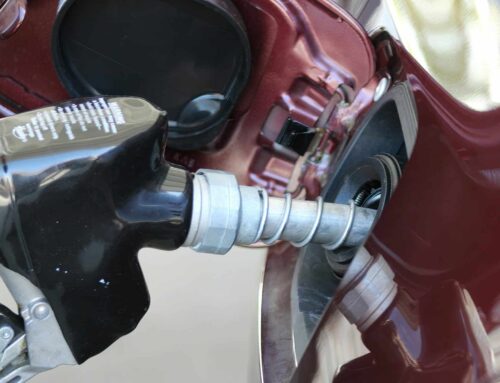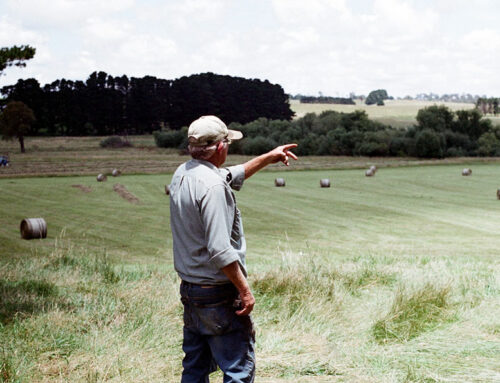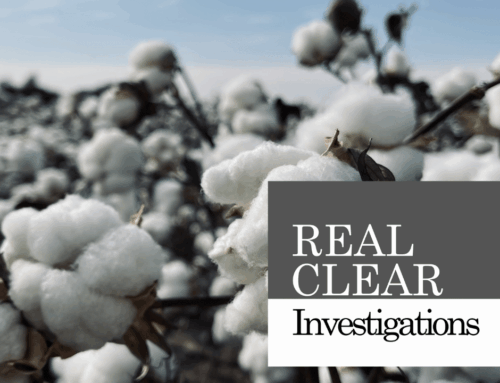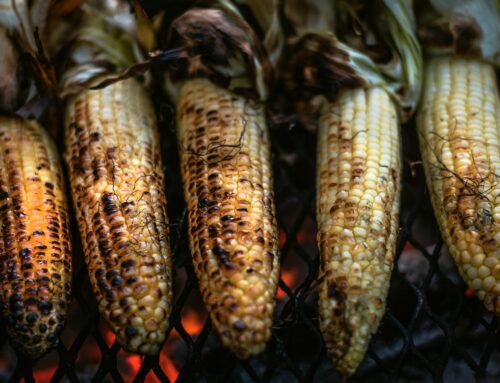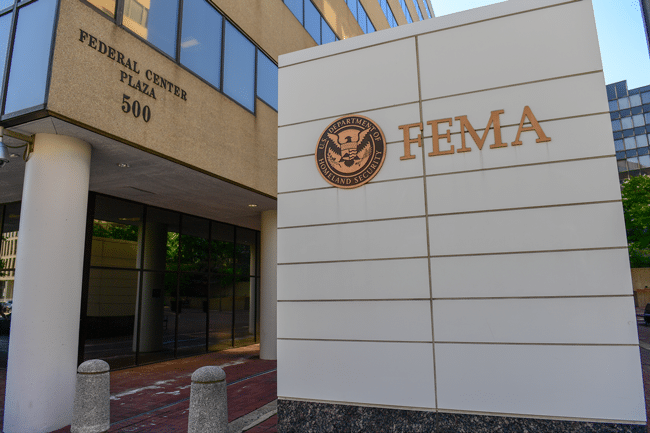Being Thanksgiving week, we’re taking this opportunity to reflect on how Washington’s agriculture policy impacts your plate.
For while the pandemic is leading many taxpayers to wrestle with how to safely celebrate the holiday, if at all, select agricultural special interests are gorging at taxpayers’ expense. If this feast of federal payments were a temporary response to the pandemic, it would have few ill effects. But the actions of industry and President Trump’s Department of Agriculture (USDA) make it clear they are looking to set their subsidy table for years to come.
Main Course – The centerpiece of Washington’s crop subsidy cornucopia is the incredibly generous federal crop insurance program. Covering everything from corn to clams, crop insurance is projected to cost taxpayers $8 billion a year, though the price is often much more — $12.3 billion as recently as last year. Costs pile up because most policies pay out not when a farmer loses a crop, but when revenue falls short of expectations. Over the last ten years farm businesses have received $47 billion more in insurance payouts than the premiums they paid. That’s a $2.24 check for every $1 spent. It’s a safety net that would be the apple of any other industry’s eye. But for many in agriculture, it fails to satisfy their hunger.
Stuffing – In the past two farm bills (2014 and 2018) Congressional agriculture committees created new income entitlement programs to go with the crop insurance turkey. While these farm bill apologists claimed the programs would be leaner than the direct payments program they replaced, the Agriculture Risk Coverage and Price Loss Coverage programs are vastly over budget, and set to fatten the bottom lines of agricultural business some $30 billion more than originally projected.
Gravy – No hearty meal is complete until it’s covered and smothered with gravy. At least that’s our explanation for why lawmakers have revived “emergency” ad hoc subsidies. After going 10 years without one, Congress used three “emergency” supplementals to unleash $5.4 billion in aid in response to hurricanes and other natural disasters since 2017. This despite the fact nearly all acreage (e.g. 90 percent of Georgia cotton, 90+ percent of Iowa corn) is already covered by federally subsidized crop insurance. This federal manna was used to both bail out the handful of farmers who chose to not buy crop insurance and to provide “bonus” payments to those that did.
Side Dishes – Like any good Thanksgiving dinner, there’s plenty of attention being paid to the side dishes. Peanut farmers have a government guaranteed price so high above market prices they are guaranteed subsidies every year through 2027. Taxpayers are also spending millions of dollars each year on advertising and marketing promotions through the Market Access Program and Foreign Market Development programs to the benefit of such groups as the American Sweet Potato Marketing Institute, Cranberry Marketing Committee, National Potato Promotion Board, and many others. You can really go out on a limb with untraditional sides. So growers of sushi rice have their own carveout. And in a bid to bail itself out of hot water from the retaliatory trade tariffs, the USDA is sending checks to folks who fish for lobster and other seafood, so lobster mac and cheese is on the plate now.
Dessert – Crop insurance, income entitlements, and “emergency” disaster assistance provide a hefty meal for farmers and ranchers, but the sweetest subsidies are reserved for sugar. Domestic sugar producers benefit from below-market-rate subsidized operating loans. And to keep prices high, USDA restricts the amount of sugar each processor is allowed to produce, restricts imports of sugar by subjecting importers to confiscatory tariffs, and even purchases sugar to sell it at a loss to biofuels companies to turn into ethanol. All of these efforts result in U.S. sugar costing as much as twice as it does in the world market. Sweet deal for them, but leaves a sour taste in the mouths of American taxpayers.
Taxpayers can afford a cost-effective, transparent, and accountable safety net for American agriculture. We cannot afford to continue dishing out unlimited subsidies to special interests. With a new administration set for 2021, there is an opportunity to rethink the federal farm safety net.
As families spend the holidays socially distancing, it’s time for Washington policymakers to start distancing themselves from subsidies.


